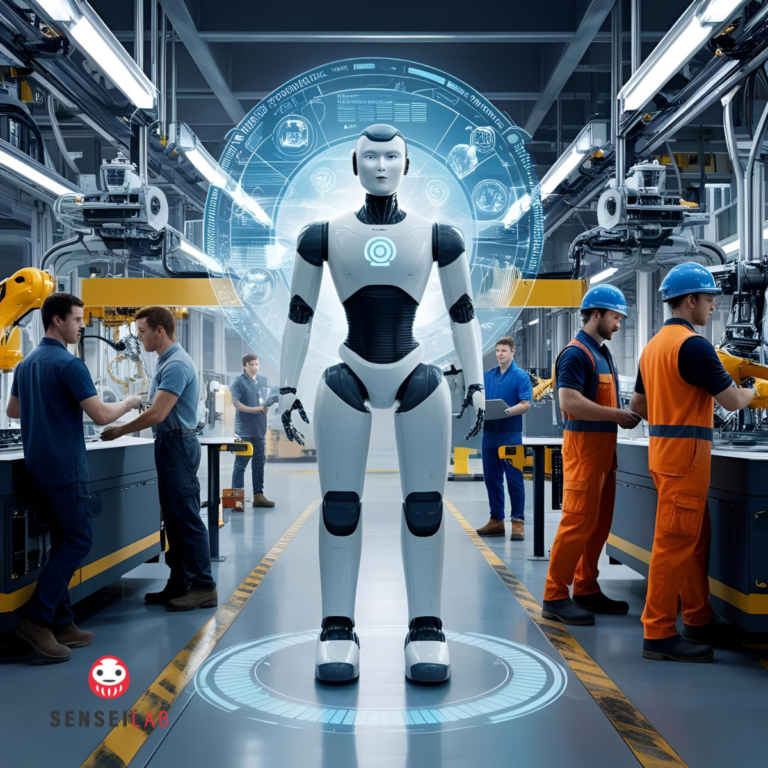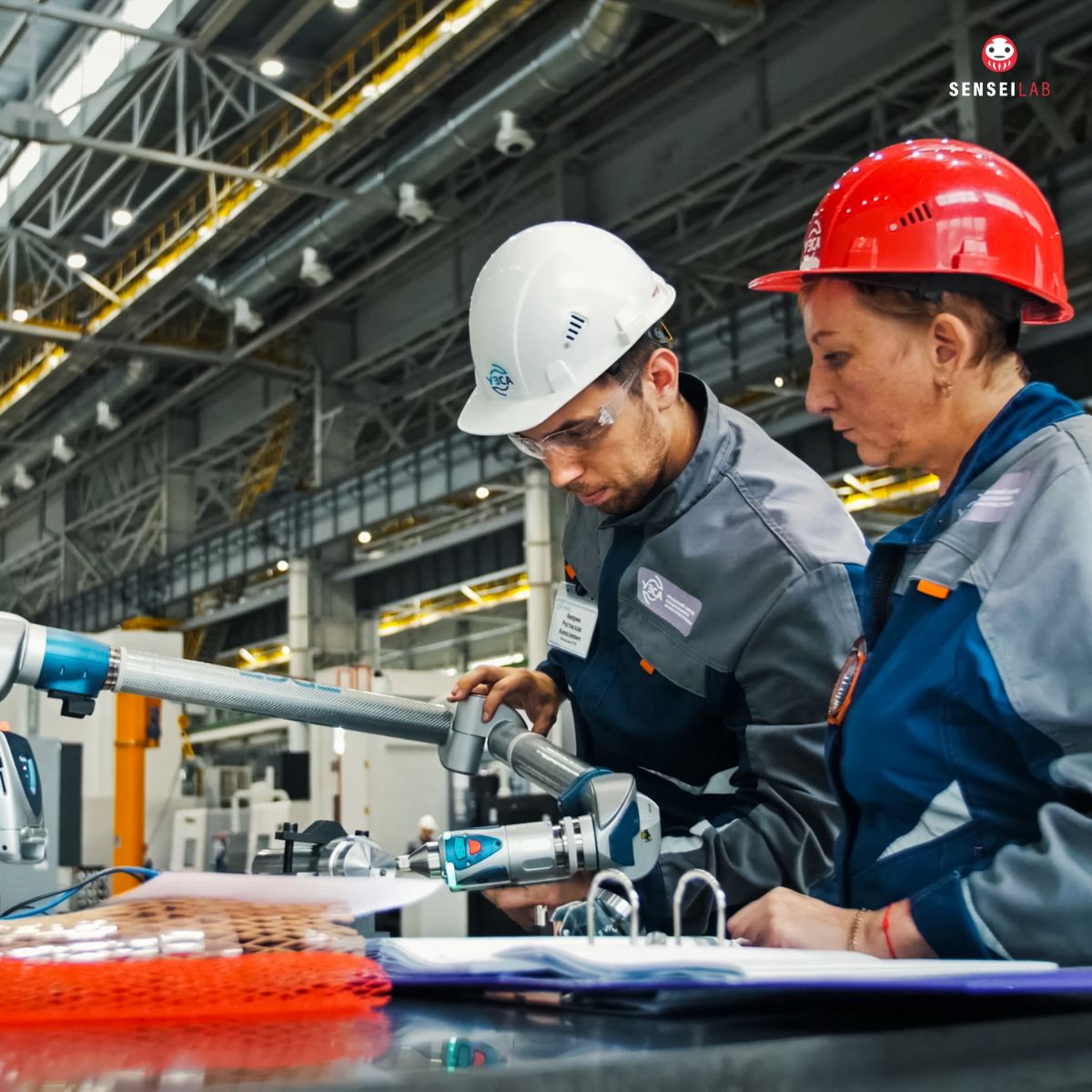The Future of Leadership in the Age of AI and Autonomy
A Moment on the Floor: The Leader Who Stepped Back
It was 7:45 a.m. at a smart manufacturing site in northern Germany.
Sophia Kraus, a plant manager with over 15 years in automotive operations, stood quietly at the edge of the production cell. Around her, machines calibrated themselves using real-time sensor data, logistics bots rerouted based on shift fluctuations, and operators reviewed predictive maintenance alerts served up by the AI system overnight.
There was no daily briefing. No manager assigning tasks. The team, fully autonomous, was already responding to emerging issues and improving flow — guided not by Sophia’s instructions, but by intelligent systems, shared metrics, and a deeply embedded culture of problem-solving.
She wasn’t absent. She was present in a new way. Listening. Observing. Coaching — when invited.
And in that moment, a question emerged:
If the systems know what to do, and the teams can lead themselves… what is the role of the leader now?
A Structural Shift, Not a Vanishing Act
Artificial intelligence is no longer a futuristic promise. It is an operational reality — from adaptive scheduling to predictive maintenance, dynamic skills matching, and real-time performance optimization. For leadership, this is not just a toolset upgrade; it is a fundamental shift in how authority, decision-making, and influence are distributed.
In previous generations, leadership was built on access to information, hierarchical control, and top-down planning. Today, AI delivers faster insights than any individual can process, automates many tactical decisions, and provides personalized feedback loops directly to frontline workers.
This creates a new dynamic: the technical need for traditional leadership is diminishing, while the strategic need for a different kind of leadership is growing.
Four Shifts Defining the Future of Leadership
1. From Commanders to Connectors
In environments where AI already suggests optimal actions, the value of leadership lies not in directing tasks, but in aligning actions to purpose. The future leader is a steward of meaning — ensuring that autonomous decisions still reflect long-term intent, ethical considerations, and the organization’s values.
2. From Experts to Sense-Makers
As algorithms surpass human capability in analyzing patterns, the role of the leader shifts from “knowing the answer” to helping teams frame the right questions. Navigating ambiguity, resolving conflicting signals, and integrating diverse perspectives become critical.
3. From Planners to Pattern-Seekers
Traditional leadership often relied on fixed planning cycles. But in a high-velocity environment, agility is imperative. Leaders must become observers of weak signals, enablers of experimentation, and orchestrators of rapid learning loops.
4. From Problem-Solvers to Capability-Builders
AI can identify issues, but it cannot foster psychological safety, nurture creativity, or build trust. The future leader focuses on growing individual and team capability — not by removing obstacles themselves, but by creating the conditions for others to do so sustainably.
Leadership Without Authority: A Paradox Worth Embracing
Sophia’s story is no longer unique. Across manufacturing, logistics, healthcare, and services, we are seeing a quiet but consistent trend: AI enabling frontline autonomy, reducing reliance on hierarchy, and shifting leadership from positional power to behavioral influence.
This doesn’t mean leaders will disappear. But those who seek control, who base their identity on being the decision-maker, may find themselves obsolete.
Conversely, those who embrace the paradox — leading through systems rather than structure, and influencing through trust rather than title — will find themselves more relevant than ever.
The future demands a new leadership archetype: one that is adaptive, emotionally intelligent, systems-literate, and deeply human.
Preparing for the Next Era
Organizations should begin preparing now by:
- Redesigning leadership development around systems thinking, coaching, and ethical AI integration
- Reevaluating success metrics, shifting from individual performance to team resilience and adaptability
- Embedding AI into decision-making processes while maintaining human oversight and moral clarity
- Empowering autonomous teams with the tools and psychological safety to make real-time decisions
The goal is not to displace leadership, but to distribute it. And in doing so, to build organizations that are more agile, inclusive, and innovative.
Leadership, in the age of AI, will not disappear.
It will relocate.
From the corner office… into the culture.
From the few… into the many.
From authority… into impact.
And those who recognize this shift early will not only survive the transition — they will lead it.




